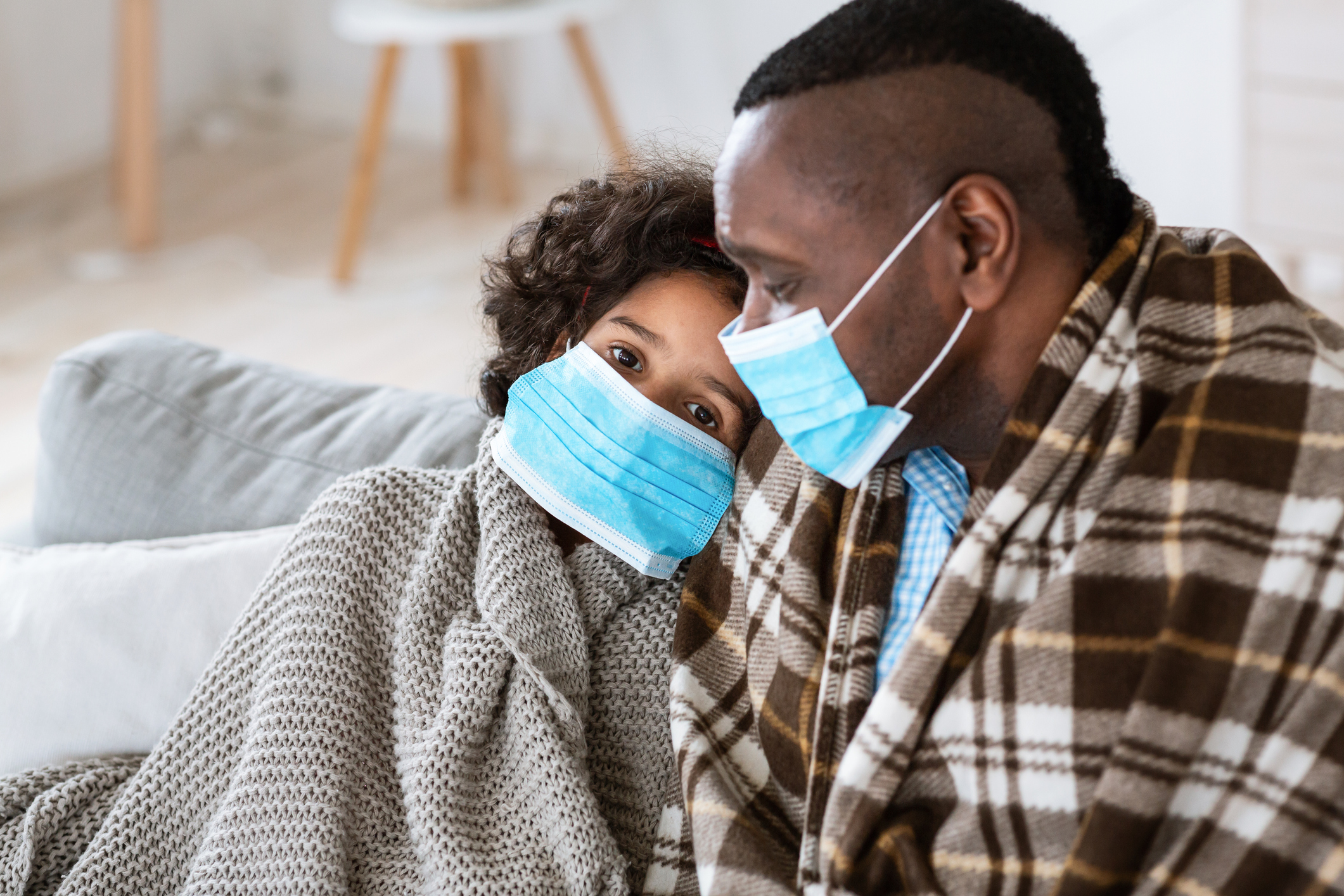Get Easy Health Digest™ in your inbox and don’t miss a thing when you subscribe today. Plus, get the free bonus report, Mother Nature’s Tips, Tricks and Remedies for Cholesterol, Blood Pressure & Blood Sugar as my way of saying welcome to the community!
How antioxidants may reduce vulnerability to COVID-19

As COVID-19 spreads, scientists are unraveling the complexities of the disease and the virus behind it. One thing they’ve discovered is a particular mechanism that could explain why there are those among us, like the elderly and people with chronic disease, who are more vulnerable to infection, as well as provide clues to help them.
A recent study led by McGill University researchers uncovered clues in the proteins involved in initiating COVID-19 infection as SARS-CoV-2 binds to host cells in different animals.
What they found is that the greater cellular oxidation, also known as oxidative stress, associated with aging and sickness could explain why seniors and chronic illness sufferers get infected more often and develop more severe cases of COVID-19 than people who are young and healthy.
COVID-19 and oxidative stress
Understanding why some animals get infected and others do not could be the key to unlocking new treatments and therapies. “We know that the virus can infect humans, cats, dogs and ferrets but not bovine and swine,” says McGill Professor Jaswinder Singh, who led the research team.
Once inside a host cell, SARS-CoV-2 hijacks the cell’s metabolic machinery to replicate and spread. It does this by using its protein spikes to hook onto a protein receptor on the surface of the host cell called ACE2. This results in the fusion of the membranes around the cell and the virus and allows the virus to enter the cell and take over the cell’s protein-making machinery to duplicate itself. The copies then go on to infect other healthy cells.
While analyzing the proteins and their amino acid building blocks, the researchers found similarities in the animals susceptible to SARS-CoV-2. These animals, including humans, cats and dogs, have two cysteine amino acids that form a special disulfide bond held together by an oxidizing cellular environment. This disulfide bond creates an anchor for the virus.
In animals resistant to the virus, like pigs and cows, one of these two cysteine amino acids is missing, so there’s no way the disulfide bond can be formed. As a result, the virus can’t attach itself to the cell.
The researchers say preventing the disulfide anchor from forming could be the key to unlocking new treatments for COVID-19. One strategy they suggest is to disrupt the oxidizing environment that keeps the disulfide bonds intact.
“Our analysis suggests that greater cellular oxidation in the elderly or those with underlying health conditions could predispose them to more vigorous infection, replication and disease,” says co-author Rajinder Dhindsa, an emeritus professor of biology at McGill.
“Antioxidants could decrease the severity of COVID-19 by interfering with entry of the virus into host cells and its survival afterward in establishing further infection,” says Professor Singh.
The next step, according to the researchers, could be to use CRISPR technology to edit protein sequences, potentially decreasing, restoring and improving gene expression. The researchers are also examining other proteins near the ACE2 receptor that may enable entry of the virus to see if they behave the same way.
Where to get antioxidants
If you’re elderly and/or suffer from a preexisting health problem, you should definitely consider adding antioxidants to your daily routine to give you some added protection against COVID-19. Even if you’re not in either of these high-risk categories, you can still benefit from incorporating antioxidants into your diet.
You can get different antioxidants from a number of food sources. For example, foods rich in sulfur compounds, including garlic, onions and cruciferous vegetables like broccoli, kale, collards, cabbage and cauliflower all help to boost the body’s production of the antioxidant glutathione.
And foods such as blackberries, blueberries, strawberries, plums, artichokes, black beans, prunes and pecans contain high concentrations of phytonutrient antioxidants, along with antioxidants like beta carotene, lutein and vitamins A, C and E.
The body can also produce its own antioxidants, and some foods can help trigger this process. These include broccoli, turmeric, green tea, coffee and the red wine polyphenol resveratrol.
You can also get antioxidants from dietary supplements. In addition to the antioxidants already named, some well-known and highly recommended antioxidant supplements include lipoic acid; selenium; beta-1, 3 glucans; sea buckthorn; and purified honokiol, a polyphenol extracted from magnolia bark.
Few medications are affected by supplementing antioxidants, but it’s always a good idea to check with your caregiver.
Sources:
What makes certain groups more vulnerable to COVID-19? — McGill University
SARS-CoV2 infectivity is potentially modulated by host redox status — Computational and Structural Biotechnology Journal
The Remarkable Health Power of Antioxidants — Easy Health Options












